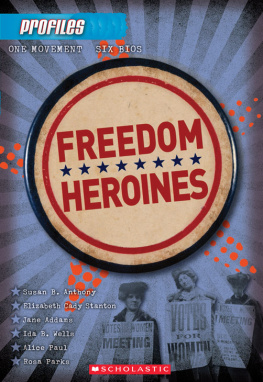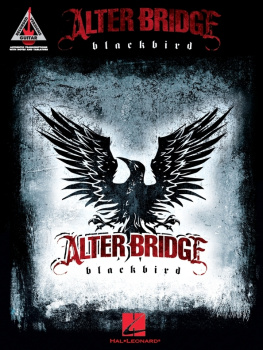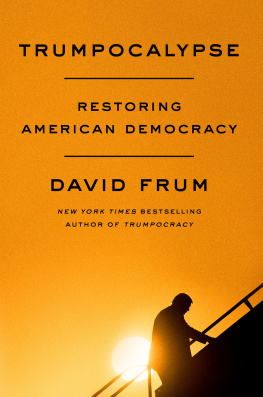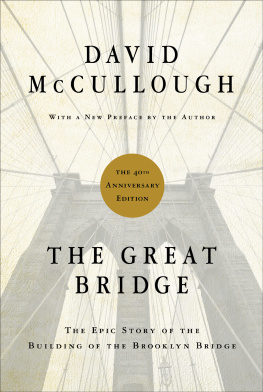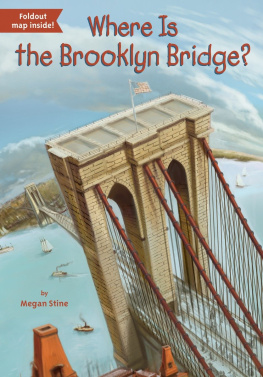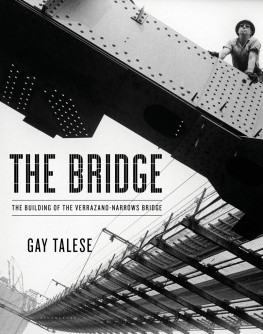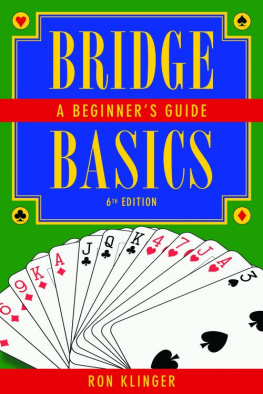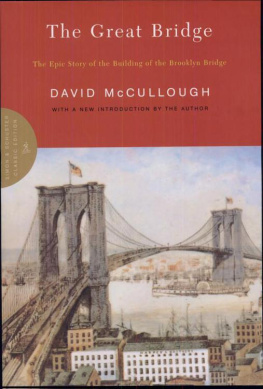In all, several thousand people took part over fourteen years They worked a ten-hour day, six days a week, and they were all men with the sole exception of Emily Roebling.
David McCullough, Brave Companions
Big thanks to Tom Richardson for his technical expertise and to Dr. Bill Wishinsky for his thoughtful comments. FW
Text copyright 2019 by Frieda Wishinsky
Illustrations copyright 2019 by Natalie Nelson
Published in Canada and the USA in 2019 by Groundwood Books
All rights reserved. No part of this publication may be reproduced, stored in a retrieval system or transmitted, in any form or by any means, without the prior written consent of the publisher or a license from The Canadian Copyright Licensing Agency (Access Copyright). For an Access Copyright license, visit www.accesscopyright.ca or call toll free to 1-800-893-5777.
Groundwood Books / House of Anansi Press
groundwoodbooks.com
We gratefully acknowledge for their financial support of our publishing program the Canada Council for the Arts, the Ontario Arts Council and the Government of Canada.
Library and Archives Canada Cataloguing in Publication
Wishinsky, Frieda, author
How Emily saved the bridge / Frieda Wishinsky ; illustrated
by Natalie Nelson.
Issued in print and electronic formats.
ISBN 978-1-77306-104-7 (hardcover). ISBN 978-1-77306-322-5 (EPUB). ISBN 978-1-77306-323-2 (KF8)
Roebling, Emily Warren, 1843-1903 Juvenile literature.
Brooklyn Bridge (New York, N.Y.) Biography Juvenile literature.
Bridges New York (State) New York Design and construction
Biography Juvenile literature. Brooklyn Bridge (New York, N.Y.)
History Juvenile literature. I. Nelson, Natalie, illustrator II. Title.
TG25.N53W57 2019 j624.23092 C2018-903674-5
C2018-903675-3
The illustrations were created with digital collage and found photographs.
Design by Michael Solomon
For my extraordinary editor, publisher and friend Sheila Barry (1963-2017), whose insight and warmth made working on books a joy. I miss you, Sheila.
And with many thanks to wonderful Nan Froman for her wise words and understanding.
FW
For Mary Anne and Margaret.
NN
Emily Roebling inspired me to become an engineer, Nate. She helped build this magnificent bridge.
Wow! How did she do that?
Come on! Ill tell you her story on our way to Brooklyn.
When Emily Warren was growing up in Cold Spring, New York, in the 1850s, many girls were told they werent smart, especially in math or science. Few women went to university. Women couldnt vote, own property or sign a contract.
But Emily loved science and math.
She wanted a good education.
She wanted to learn all she could.
Emilys older brother, Gouverneur Kemble (or G.K. for short), believed in her.
When Emily was fifteen, he enrolled her at the Georgetown Visitation Convent in Washington, DC, where she studied many subjects, including botany, algebra, history, French and geography. She earned high honors.
During the American Civil War, G.K. became a general. In 1864, when Emily was twenty, she visited him at his military camp and met his aide, Washington Roebling. Washington was a soldier, an engineer and a bridge builder. He was also the son of John Roebling, a famous bridge builder.
Washington thought Emily was wonderful.
He bought her an engagement ring six weeks after they met.
Emily and Washington were married on January 18, 1865. Soon after, Washington helped his father build a bridge across the Ohio River.
In 1867, Washingtons father began working on a bigger and more challenging project a bridge that would span New Yorks mighty East River and connect Manhattan and Brooklyn. Until then, the main way to cross the river was by ferry. When it was foggy or the river froze, ferries were often delayed. Sometimes they even got stuck in the ice.
The new bridge would be a suspension bridge. Like many suspension bridges, its two tall towers would be built on top of caissons giant, bottomless, timber-and- metal boxes, floated into position then sunk to the bottom of the river.
Four main suspension cables made of steel-wire ropes would be strung between the towers to support the roadway deck.
But on June 28, 1869, as John Roebling stood on a beam surveying the bridge site, a ferry jammed against the dock and crushed his foot. He died less than a month later from an infection.
Who could take over his job? Washington, of course! But the bridge was such a big, complicated project. How could he build it without his father?
Emily encouraged her husband to take on the project.
Washington agreed to build the bridge.


